
So, why look into website security? Because all websites are vulnerable to potential attacks, malware, and hackers. No matter how much effort and research you put into launching your site, there will always be a potential vulnerability in a new website. Unfortunately, this is just the risk of having a site on the web! However, the vast majority of online dangers can be averted through the implementation of ten simple security tips and tricks. Whether you are conducting a routine check or looking into your security post-breach; these ten features will allow you to stay ahead of online criminals and make it much more of a task for hackers when trying to infiltrate your website. Taking a look at these steps every month or so will put your site on top. A website is like the human body; if one body part is damaged, the entire body may become infected.
1. Update WordPress regularly:

WordPress is always being improved, and its security is continuously being upgraded. With every single new WordPress release or update, WordPress makes security and firewall improvements to decrease vulnerabilities and cracks in its systems. With any new release, WordPress gets improved and its security is improved too. Lots of bugs and vulnerabilities are fixed every time a new version comes out. If a malicious bug gets discovered, WordPress technology support takes care of it right away, and a new safe, and secure version is released straight away. If you forget to update, your site will be put at risk. To do this, you will need to go to your WordPress website dashboard, which will provide you with a notification as soon as a new version of WordPress is released.
2. Update your themes and plugins:
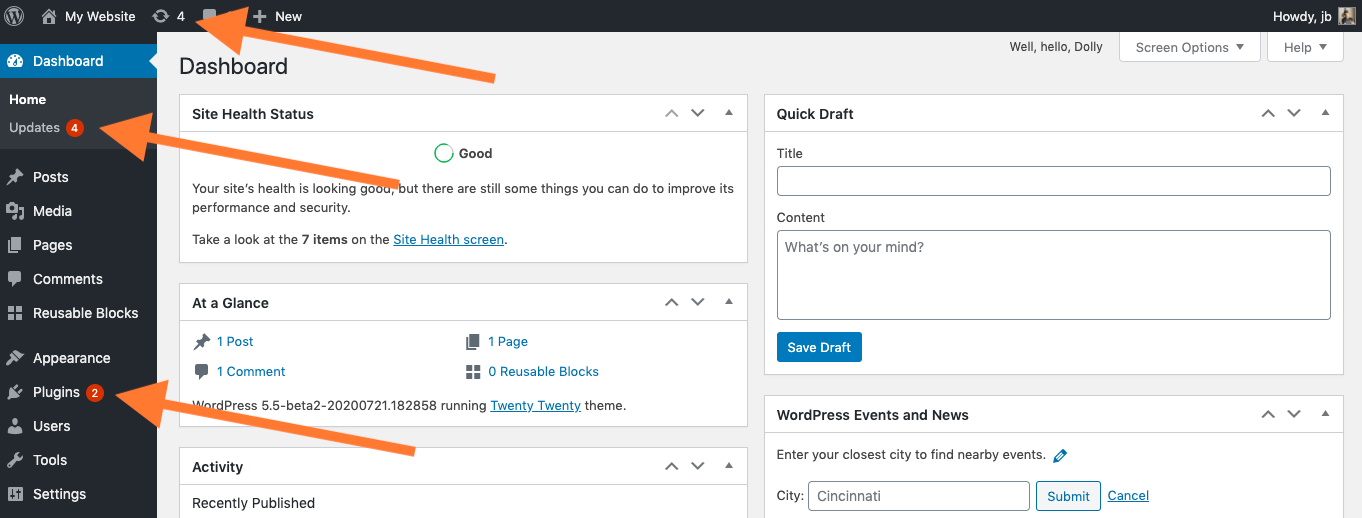
As well as general WordPress updates, it is important to continuously update your WordPress themes and plugins. Changing things on your sites such as themes and plugins will allow you to keep your website from becoming stale. Regina Theros, a web developer at Essay Writing Services UK, commented “A stale website is extremely easy to infiltrate, as online criminals will not have any new firewall to contend with, and it allows them to create a simple roadmap into your site. Doing so will help you avoid potential cracks in your security, malicious bugs, and possible vulnerabilities.” Just like any software, there is always a risk of a breach, even in the most expensive or high-quality plugins. Continuously updating your software and ensuring that you have the best security plugins and themes will allow your site to stay ahead of the game.
3. Back up your site regularly:
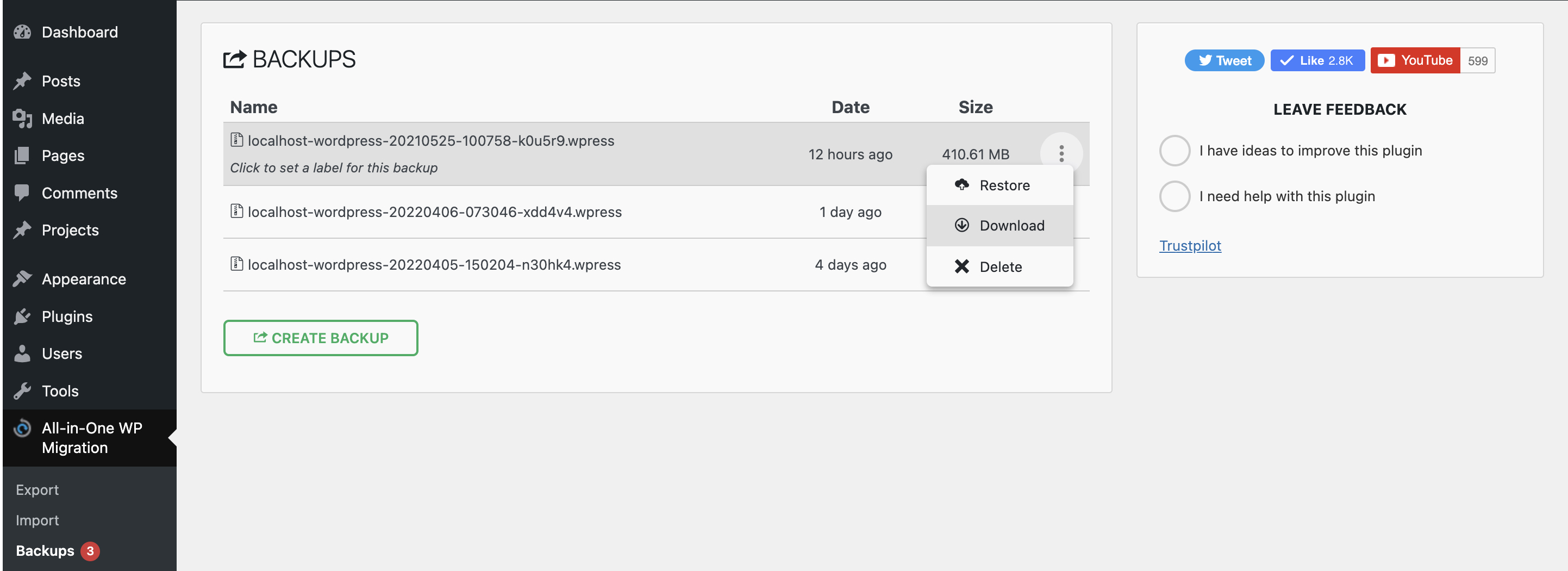
Backing up your site is so key! I would personally advise having at least two separate backups available, as it means that two uncorrupted versions of your website are available if you are hacked online. It is important to have at least one backup available off-site to make your data and information harder to access. Backing up your website requires a plugin, as referenced earlier. Having your data backed up will allow you to restore your website in case of a breach, and make the potential recovery process easier and quicker, allowing you to get back on your feet.
4. Limit login attempts and change your password often:
Ensure that your site limits login attempts! Some plugins do this for you automatically, reinforcing just how important it is to choose the right plugin for you, and why you should not skimp on plugin research! If you let a hacker have an unlimited number of attempts when they are trying to enter your website, they will eventually get in! Limiting the number of attempts a potential hacker has at initially trying to get in will protect your website as a frontline defense. Another piece of frontline defense is changing passwords. I recommend changing passwords every 2 or 3 months; which will keep those pesky online criminals on their toes. Be creative! More complicated passwords are harder to guess and thus protect their websites better.
5. Install a firewall:
A firewall is a word we hear very often when talking about online security. Firewalls do exactly what they say on the tin, they are a wall put up to try and keep unwanted visitors out. Firewalls protect sites against malicious bugs, potential threats, and unwanted visitors. Firewalls question every potential strange piece of activity, or if an entry into the site does not look quite right. This way, questionable or suspicious activity is kept out. Firewalls can be installed on both your WordPress website and your computer. You might be thinking, why does my computer need one if it is not directly connected to my website? However, bugs can be carried over internet connections and through different avenues, so a computer that is used to access your website could potentially put your website at risk too.
As well as installing firewalls on computers that access the site, firewalls can also be inserted straight into your WordPress site. These WordPress firewalls can come in plugins or be attached ‘tacked on’ separately. They are strong and direct walls that focus on anyone trying to infiltrate your site specifically. They look out for malware, bugs, viruses, and hackers.
6. Limit user access to your site:
If you are not the sole user or owner of your site, it is important to be vigilant and careful when setting up new user accounts. It is important to always be aware of who has access to your site at any given time; as well as the information and data that their specific user account gives them access to. If a specific user does not need access to a certain set of data, do not give them access to it! Especially if it is sensitive or valuable data. It is important to limit functions and permissions for users on your site, as it limits the number of people who have access to the most important data. People only should have access to the data that they need.
Forced Strong Passwords help out with this too. A lot of websites these days require passwords with certain characters or specialties, which makes passwords harder to crack and thus websites harder to breach. Though WordPress recommends a strong password, it does not force a change if you happen to choose a weaker one. I would personally recommend forced strong passwords for all people who have access to your website and its data, as it is an extra layer of security for your site.
7. Rename your login URL:
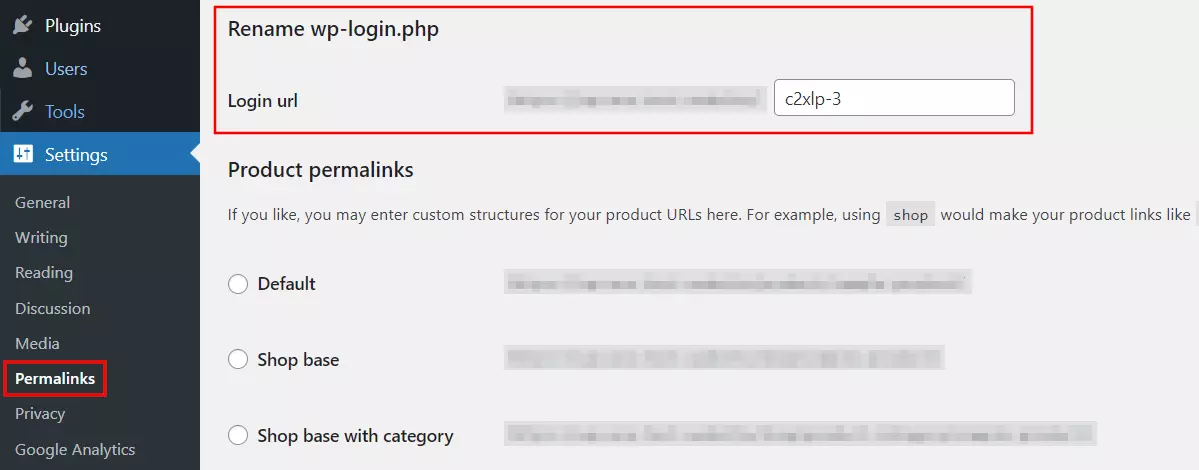
As a default option, the URL you use to log into your dashboard will either be ‘wp-login.php’ or ‘wp-admin’, added after your site’s main URL. Not so strangely, these two happen to be the most attempted and accessed URLs by online criminals. So, one of the most effective and weirdly simple protections that you can put in place for your site is simply changing and customizing your URL. Hackers will often avoid custom URL sites as they are harder to guess, and a website with one will often find themselves just simply out of the direct line of sight of potential hackers.
8. Enable security scans:
Security scans are provided by unique software or specialized plugins. They operate by combing through your website in search of something suspicious: a potential leak or breach. If this software finds something suspicious, it is removed as soon as it is found. These scanners work similarly to anti-virus software and are very effective. The only downside of them is that they can be on the more expensive side of security plans.
9. Use SSL:

SSL (Secure Socket Layer) is another effective security strategy through which your website can encrypt its admin data. Secure Socket Layer conducts the data transfer between the user browser and the server, in a secure manner that is harder to breach. There are two ways to get an SSL certificate:
- a) Buy one from a third-party company like Rapid SSL.
- b) Ask your hosting provider for one.
10. Protect your wp-config.php:
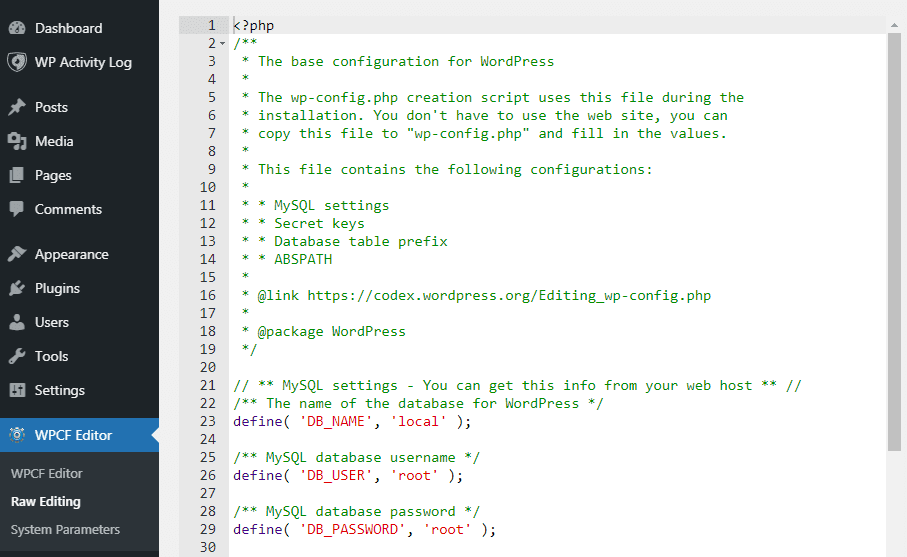
The ‘wp-config.php’ file is probably one of the most vulnerable but annoyingly important files on any website. It contains vital information about your website and its WordPress installation it and is at the very core of your entire website. If this file is breached or corrupted, you will not be able to operate your website normally, and it will put all your data and information at risk. The easiest thing to do is to move the ‘wp-config.php’ file to one step above your WordPress root directory. Though this will not affect your site in any way, hackers will no longer be able to move it.
When it comes to online security, there are a large number of things you can do to protect your WordPress site. Some of them are expensive, and some are simply a click of a button. I would personally recommend using all of these methods, but your site will be secured with every simple step you take toward further online security. The last thing you want to happen is to wake up one morning and find your data corrupted or your website hacked. Hopefully, these top 10 tips will allow you to take the right steps towards WordPress website security.







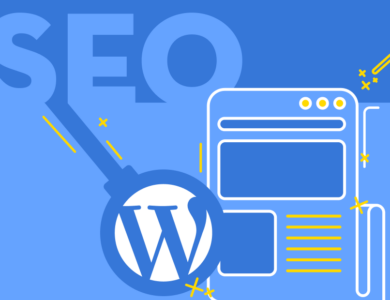
Thanks for sharing such an informative post about “how to increase wordpress website security”
great article, helpful for website developers plus SEO developers to increase keyword rank and to get safe from malware or hacking.
Nice article,
Thank you sharing an wonderful information.
Nice Article!
You have shared some great tips.